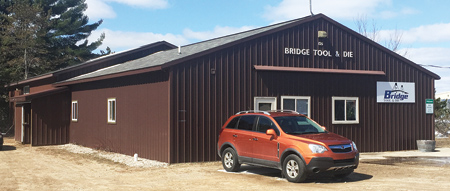
Bridge Tool & Die custom machines a variety of materials at its two facilities. One facility provides services for carbide tooling and the other for mold and steel tooling.

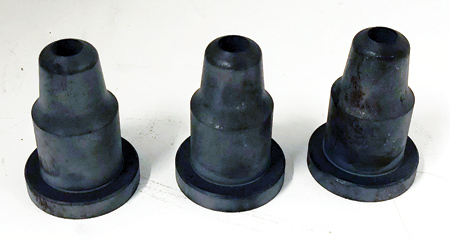
Parts shown before and after grinding on the Studer.
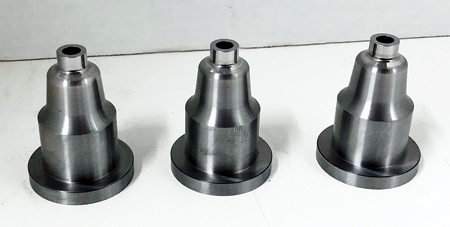

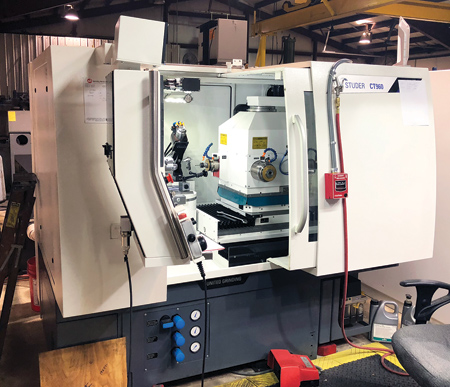
The Studer CT960 I.D./O.D. grinder at Bridge Tool & Die
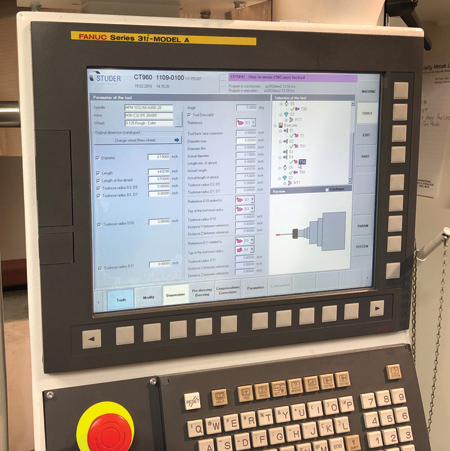
Part programming on the Studer CT960

Studer CT960 set-up
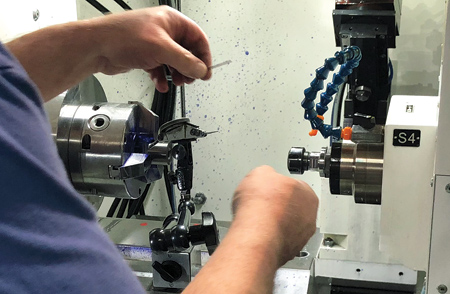
Studer CT960 part check
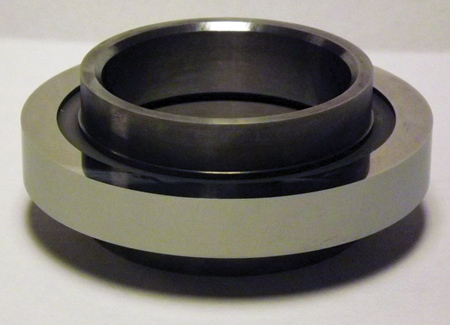
Carbide part
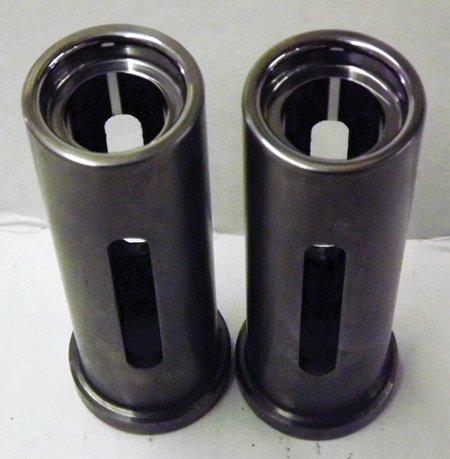
Deep draw punch after grinding and polishing operations

Deep draw cup die after grinding
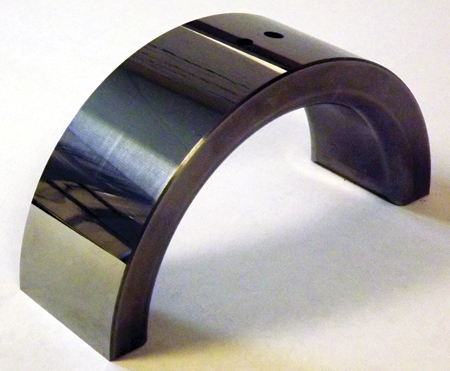
Carbide part

Carbide rollers after grinding and polishing operations
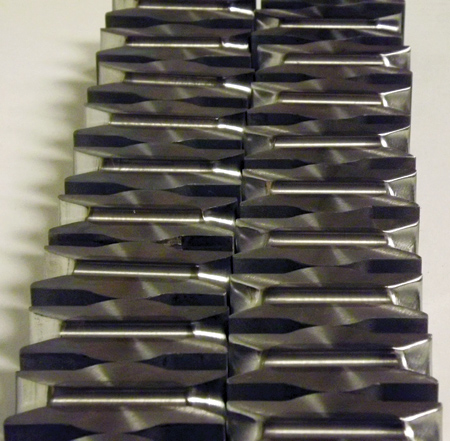
Carbide part
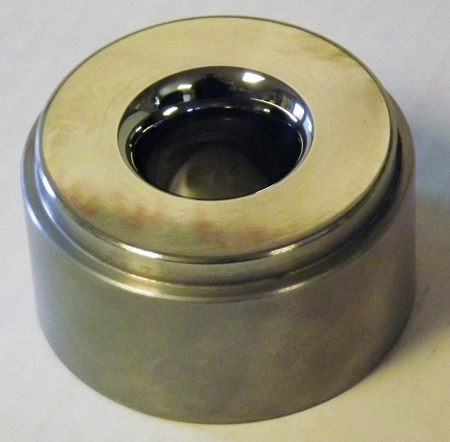
Draw die after grinding and polishing operations
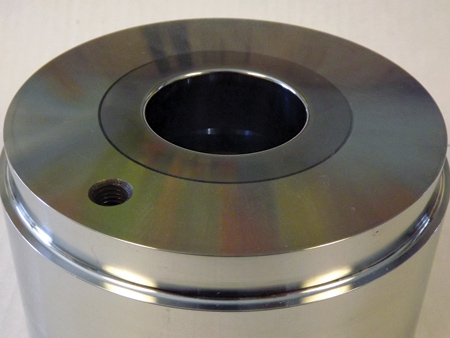
Cold heading die after grinding and polishing operations
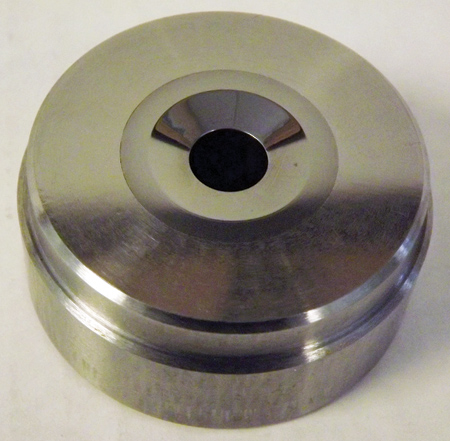
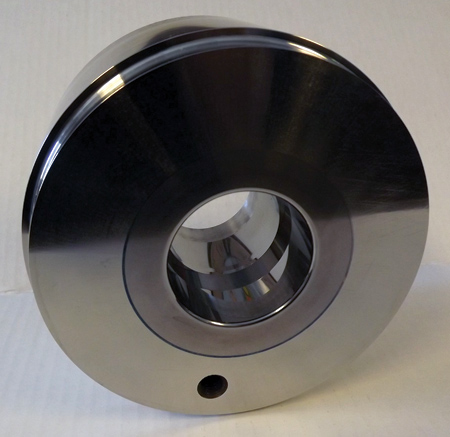
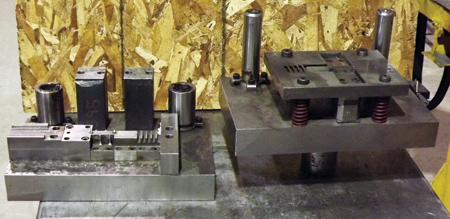
Bridge Tool & Die's moldmaking capabilities include small and large injection molds as well as mold repair services (shown).
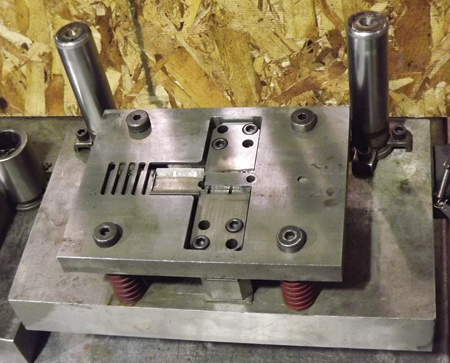
Carbide tooling market customers are continually looking for improved quality tooling to increase uptime and lower tooling costs. "Bridge Tool & Die is a key player in the carbide tooling market, and as such needs to stay ahead of customers' needs," said Glenn Bridgman, Owner, Bridge Tool & Die.
In the tooling market, most tool and die shops run manual grinders and manually roll radius and blends by hand to print specifications. "This process is time consuming and proves difficult to maintain consistency from die to die and from order to order," said a Bridge Tool & Die spokesperson. "The only way to improve in these areas is with technology that eliminates these factors."
"Our objective when looking for new technology," continued the spokesperson, "was to address several market and business needs, including increased productivity and product quality and reduced costs."
A Three-Pronged Strategy
The Bridge Tool & Die team evaluated several grinder technologies and process methods. "As veteran grinders with over 30 years' experience, we felt we had the required grinding experience and knowledge needed, but that we could enhance our manufacturing operations with technologically advanced processes," said the Bridge Tool & Die spokesperson.
To achieve its goals, the Bridge team decided on a three-pronged strategy:
- Retrofit manual grinders to include CNC capability
- Develop multi-grinder work stations
- Purchase new high-end CNC grinders.
"This three-pronged strategy addressed quality, consistency and capacity while mixing our current knowledge and technology with new technology," said the spokesperson.
The Bridge team selected a Studer CNC I.D./O.D. multi-axis grinder due to its advanced software, probe measuring system and accuracy.
The team also had a manual grinder retrofitted with CNC technology. This allowed them to set up a three-system module that includes a manual grinder, CNC grinder and semi-automatic grinder. This set-up allows an operator to run three machines at a time, and, when required, allows quick access to the machine best suited to a specific part or quantity of parts.
"This three-pronged strategy has been in place since December 2015," said Bridgman. "The upgraded grinder with the three-machine module helped us increase our capacity without additional labor, and lowered our costs due to the flexibility provided by the multiple machine set-up."
In 2017 Bridge progressed to the next step in its strategy: the purchase of a Studer CT960 CNC multi-axis grinder. After several weeks of programming, this machine is now improving the quality of blends and radii, reducing polish time and increasing capacity due to its ability to grind significantly faster on the I.D. than manual grinders. This has resulted in improved quality and consistency-and even cost reductions for Bridge customers.
"In regards to efficiency, the precision multi-axis Studer grinder is grinding internal angles and radii in about one third of the time it takes manually, and has reduced manual polish time by over 50%," said Bridgman. "This is done by running at a higher RPM (60,000+) and by improvements to our process programming, which have enabled us to achieve the best, most cost-effective manufacturing process possible."
Expanding Market Opportunities
Bridge Tool & Die custom machines a variety of materials at its two facilities. One facility provides services for carbide tooling and the other for mold and steel work. "It offers complete machining services for the manufacture of carbide tooling for extrusion, deep drawing, cold heading, end forming and many other industrial wear markets/applications," said Greg Mort, Business Manager.
Bridge offers complete design service and manufacturing for plastic injection molds, and complete machining services for custom low volume steel components for stamping and other industrial applications. The company's custom products are utilized in aerospace, automotive, oil and gas, and many other industrial markets.
The parts manufactured at Bridge are typically in the .0004" tolerance range, and with the new Studer CNC technology it now achieves tolerances of +/-.0001". This capability has opened new opportunities for the company.
"When checking the parts on a CMM or tracer machine, we have found there to be no comparison between the smoothness and accuracy of the grinds we are achieving now and what we could achieve before manually," said the company spokesperson.
The Studer CNC grinder is expected to complete parts in the near future with two fewer operators. "The need for increased technology was not driven by reducing operators in our shop," said Bridgman. "Rather, it offers us the ability to keep all of our experienced operators, and address capacity versus technology-allowing us to grow over 15% per year."
Bridge Tool & Die was founded in 2005 by Glenn Bridgman and is ISO certified. The carbide business offers all types of grinding services, from simple to complex, including CNC grinding, rotary grinding, chuck O.D. grinding, centerless grinding and surface grinding. Other processes used for tooling include pressing and induction brazing for making assemblies.
The steel business offers CNC milling, CNC turning, all types of welding for mold repairs and full mold design services.
"Our company goal is to have a business where employees can expand their skills and grow while offering customers the latest technology and quality products," said Bridgman. "We have a strong customer support system offering quick quotes and shorter than normal for the industry delivery times."
For more information contact:
Bridge Tool & Die
125 Industrial Drive
Buckley, MI 49620
231-269-3200
contact@bridgetoolanddie.com
www.bridgetoolanddie.com
UNITED GRINDING North America, Inc.
2100 UNITED GRINDING Blvd.
Miamisburg, OH 45342
937-859-1975
info@grinding.com
www.grinding.com